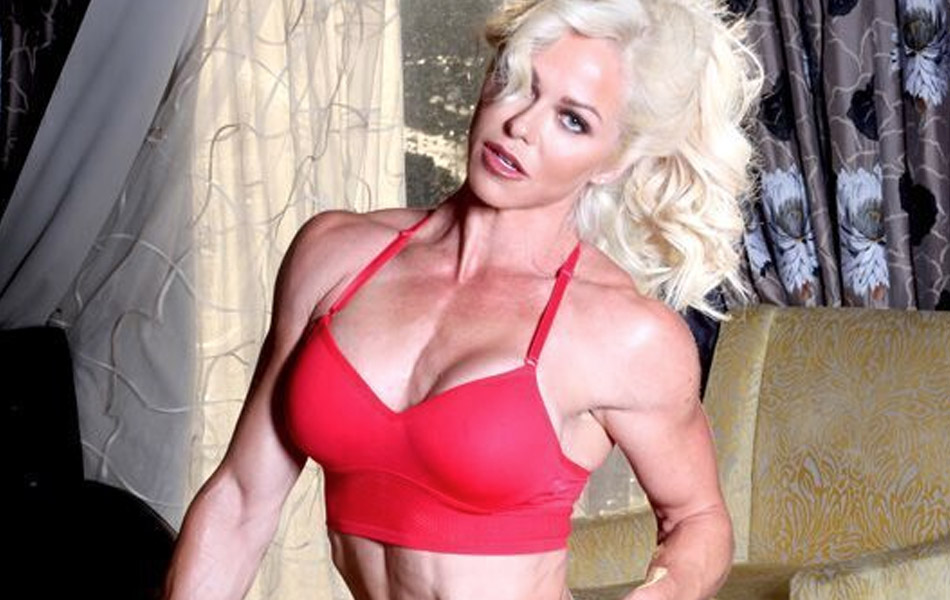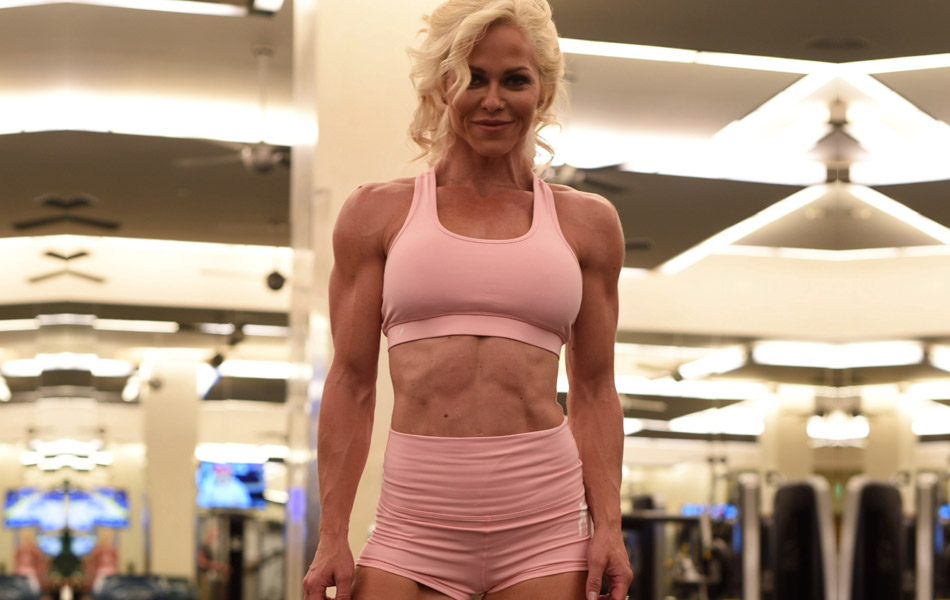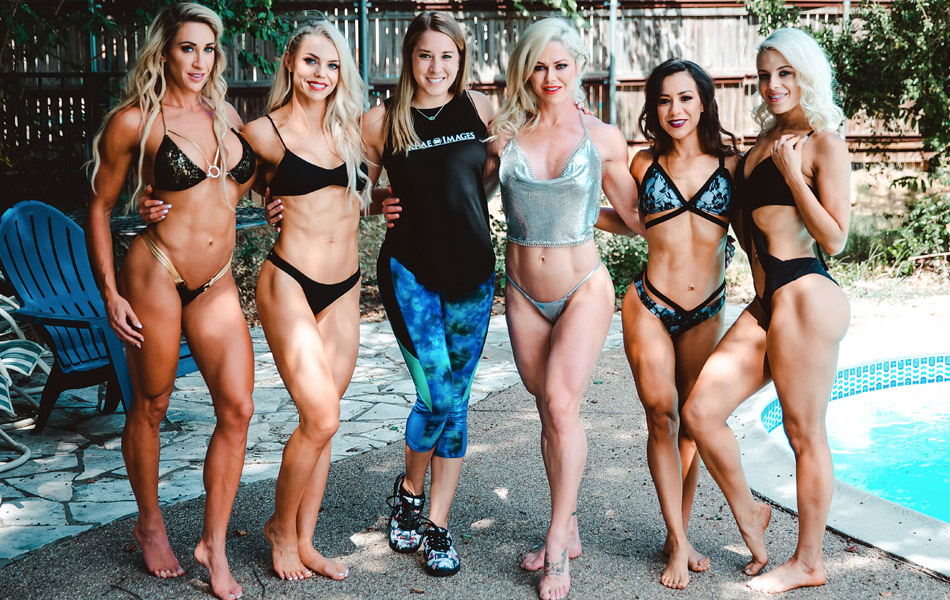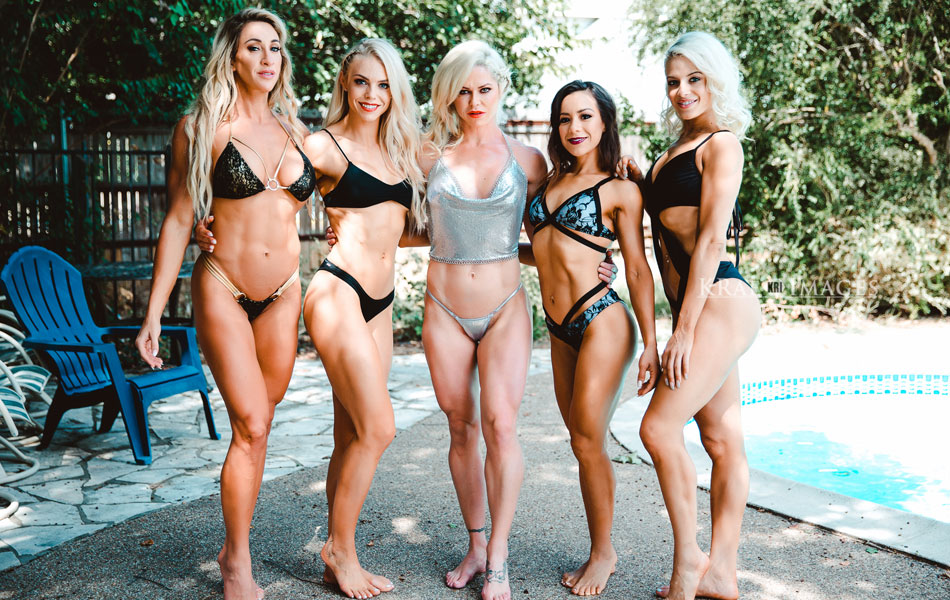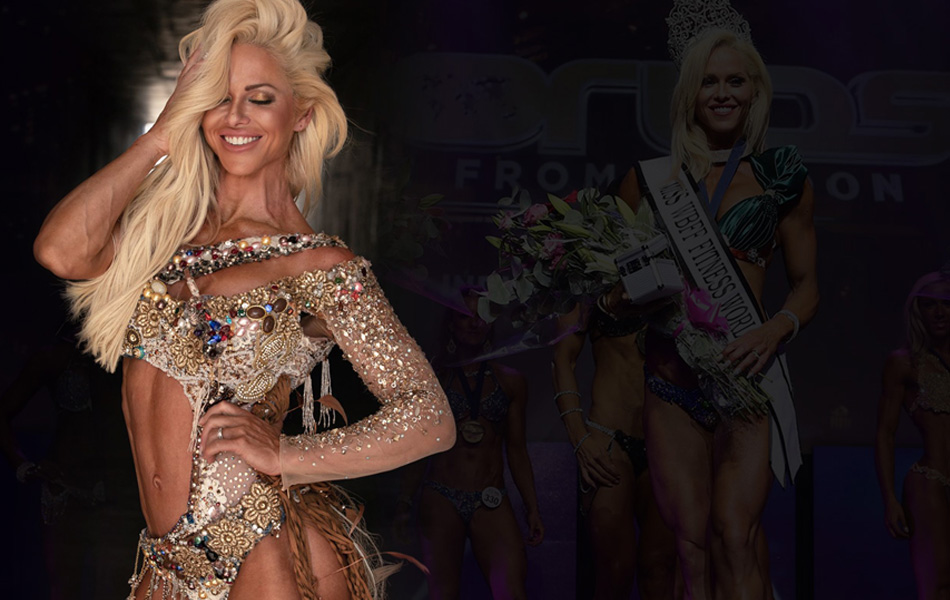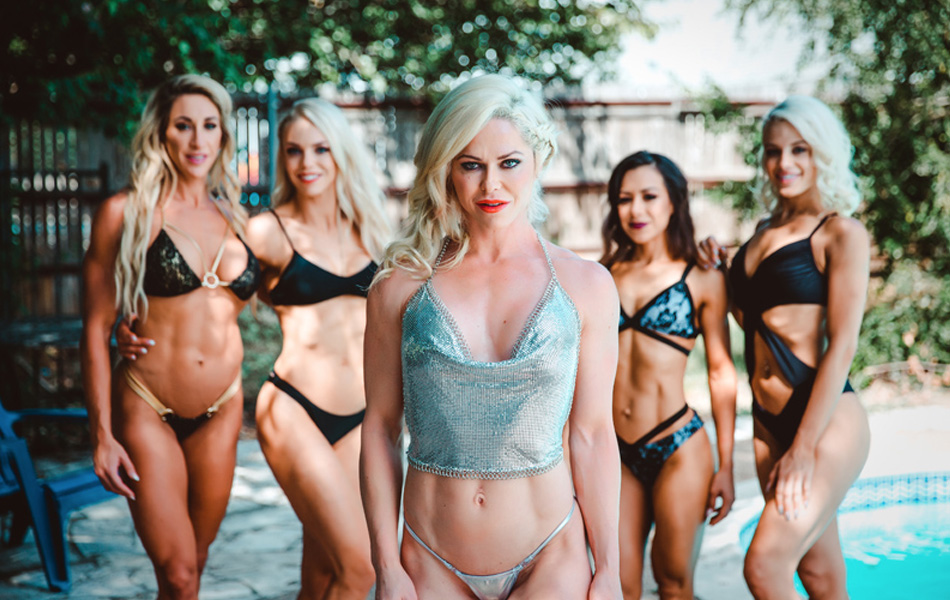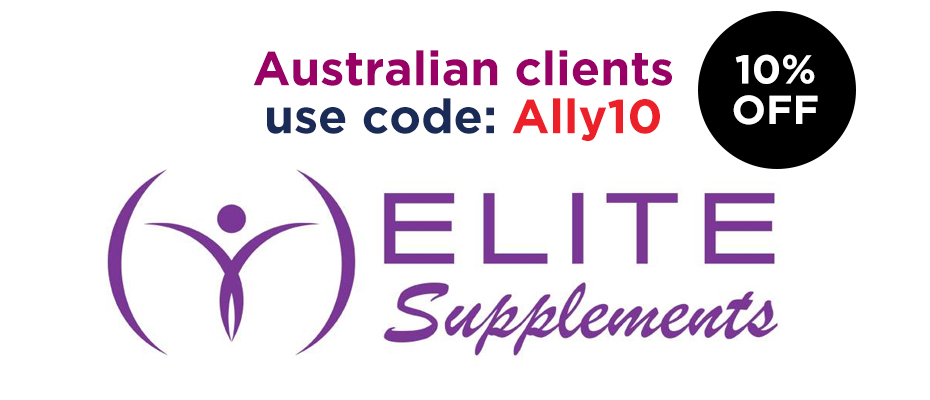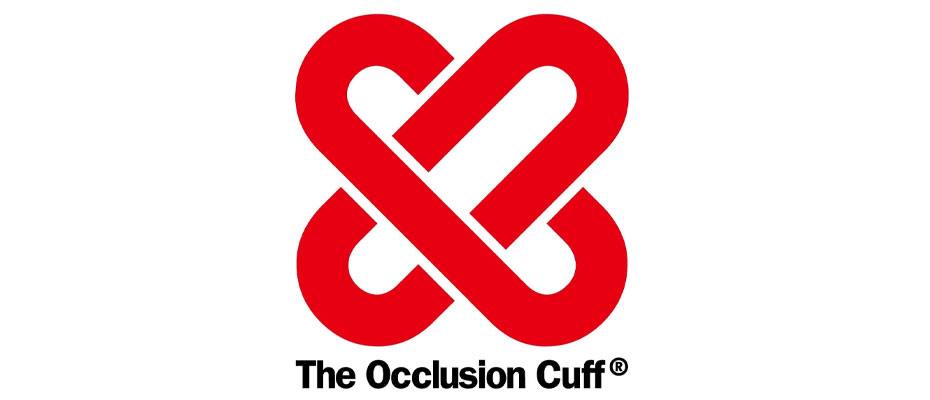The 4 Different Approaches to Strength Training (And why you need all of them)

Hey Angels and Alphas!
I while back, I did a blog post on the 4 different approaches to weight loss – exercise, nutrition, metabolism, and appetite suppression.
Today, we’re going to the other side of the spectrum!
We’re not going to talk about gaining weight per se, but weight training. It’s a topic so close to my heart (and so vital for your gains) that I decided to take the 4 approaches format and share with you my thoughts on the different approaches to strength training.
I’m sharing this with you because strength training is often misunderstood. “Training for strength” is not enough! Whether you realize it or not, you’re taking one of these four approaches while exercising, and I’m here to shine a light on them!
When you know what approach you’re taking, you can make the right decision for yourself based on what your goal is in the gym.
So without further ado, let’s dive right in!
The 4 “Approaches” to Strength Training;
It all starts with a simple realization. When you’re strength training, you’re either doing it to improve your muscular explosiveness, endurance, agility, or power output.
In this post, we’re not looking at individual types of strength training such as full-body workouts, push-pull splits, or hypertrophy training. We’re looking at the underlining goals that stand behind them.
For example, traditional full-body workouts achieve a balance between agility and endurance training, but won’t do much for your explosiveness and power unless you decide to put more emphasis on them.
This post will help you recognize where you need to put that emphasis to make your workout routine complete.
No surprises here – weight training makes you stronger. But different types of weight training produce vastly different results and give “stronger” a variety of different definitions.
While some types will help you increase your one-rep-max and squat a gazillion pounds, others will make you an unstoppable rep machine that doesn’t know the meaning of fatigue.
And some variations of strength training will do almost nothing for you in terms of strength and endurance gains, but they’ll still produce significant health benefits for you!
By learning all about the different approaches to strength training, you’ll be able to pick the one that tailors around the weight, goal, and look you’re going for in the gym while aiming to fill the gaps in your routine (if there are any).
Approach #1 – Strength Training for Explosiveness
You hear the word “explosiveness” floating around the fitness community, but what does it really mean?
When we’re taking a look at any motion-related metric, we have to realize we’re dealing with a value of change. If you analyze human movements mathematically, every motion will come down to using a unit of force at a unit of time.
You can then define explosiveness as the maximal amount of force you can produce in a minimal amount of time – the lengthening of your muscle throughout its range of motion by a quick acceleration through the shortening phase.
When you’re training for explosiveness, that’s where your focus is – the speed of the movement throughout its range of motion.
Your explosive strength is your ability to generate tension by contracting your muscles rapidly. It’s about increasing the quickness of muscle fiber contraction so you can produce higher levels of force and improve the resilience of your muscles and connective tissue.
How do I train with this approach?
With this type of training, you should focus on compound and single-joint movements while using progressively heavier weights. Barbell cleans, kettlebell swings, box jumps, they’re all types of explosiveness training!
Your rep range should be in the 1-6 zone. If you want the highest amount of muscle power output, strive for short, sharp, explosive reps. Keep the tempo as fast as possible when performing an exercise, and rest between 60 and 120 seconds after every set. (Based on how much weight you were working with).
Who is it for?
Muscle explosiveness is the type of training you’ll see most athletes doing. With it, you’re achieving a great balance of strength and cardiovascular ability.
It’s also the perfect option for those looking to lose weight while gaining strength. While you’re training for explosiveness, you’re keeping your blood rate high, and you’re also demanding more from your muscles. You’ll not only build mass and build more calories at rest, but the lower weight you use will allow even those new to strength training to see quick improvements in their physique!
Approach #2 – Strength Training for Endurance
Now, endurance training is a topic that we could talk about for days!
Here, we’re taking a look at how to strength train for endurance, and we’re not digging in endurance training as a whole (that’s a story for another time).
Events such as marathons, 10Ks, and obstacle courses are also perfect examples of times when muscle endurance matters more than muscle strength. However, most runners don’t incorporate strength training into their endurance routine.
But a lack of strength can hold back an endurance athlete. Just look at triathlon participants! They not only have the aerobic ability to endure long periods of cardio, but they also have the muscle endurance necessary to move a somewhat heavy bicycle for a hundred or more miles. They use strength endurance training, and for the same reason, triathlon athletes are usually way more muscular than marathon runners.
In science-y terms, your muscular endurance is your ability to hold a muscle contraction (or a level of applied force) for extended periods of time.
A lot of bodybuilders focus on incorporating high-intensity endurance training into their routine. This is because bodybuilding exercises strive to reach full muscle fatigue in order to stimulate growth.
This method relies on aerobic efficiency to supply the working muscles with oxygen and nutrients.
How do I train with this approach?
Strength training for endurance involves compound, bodyweight, and multi-joint exercises. They require less intensity on each rep, and the rep ranges vary between 12 and 20 reps performed at a slow, consistent tempo. Keep your rest intervals here low. Between 30 and 60 seconds.
Another variation of weight training for endurance are isometric exercises. They include holding a weight up in one position for a given amount of time (without going through the range of motion). This improves your stamina and makes you incredibly strong in the positions you hold.
Who is it for?
Muscle-endurance training is for those who want to achieve higher aerobic efficiency of the muscles they’re working, get leaner, and stimulate muscle growth as a bonus.
Gymnasts, triathlon runners, rock climbers, and bodybuilders all benefit from strength-endurance training. But the people who benefit the most out of it are the endurance athletes who are missing out on weight lifting as a whole! If that’s you, start incorporating weights into your routine as soon as possible.
Approach #3 – Strength Training for Agility
While explosiveness is your ability to generate tension rapidly, and your endurance is your ability to hold that tension, agility is all about controlling that tension.
Because traditional strength training strives to make you better at moving a heavy load through your full range of motion, many tasks that require quick reactions and rapid changes in your power output merely fall behind.
Generating and decelerating muscle force, making quick changes in velocity and direction, and improving your reaction time will all come as a result of strength-agility training.
Imagine a strongman event or a CrossFit game – where participants have to cruise through a variety of exercises and quickly adapt their bodies to the new stimulus. They have to learn to shift the force they’re generating from one point to the other, and they need incredibly resilient connective tissues to achieve that. That’s agility.
How do I train with this approach?
To strength train for agility, you can use a variety of free weights or cable machines with moderate intensity. Your focus should be on your ability to change the direction of your power output – train your knee extensors (quadriceps) and your hip extensors (hamstrings, gluteus maximus, and abductor magnus). Knee extensions, reverse Nordic curls, and hip thrusts are all great exercises options for this type of training.
The goal here is to develop awareness and control over your own body through changes of direction, so a specific rep count isn’t necessary. However, I suggest staying in the 8-12 rep range as a general rule of thumb. Keep your rest periods between 45-120 seconds.
Who is it for?
Muscle-agility training is perfect for anyone who wants to improve their mind-muscle connection, balance, and coordination while decreasing your chance of injury.
Pretty much any athlete can benefit from strength agility training. Footballers, basketball players, hockey, martial artists, CrossFit enthusiasts – they all value agility in different ways and they all need it to perform at their best.
Approach #4 – Strength Training for Power
So far we’ve looked at the speed of your lift, your ability to hold it, and your ability to control the tension you put on your muscles.
When it comes to power, we’re talking about the highest level of muscle force you can exert. This comes down to your ability to use your muscles (or muscle) to engage all motor units, and generate the maximal amount of tension against an external stimulus.
This type of training requires extreme internal body coordination and neuromuscular efficiency. Recently, it has exploded in popularity, and more and more gyms are becoming powerlifting-centered.
Tailoring your program for power training helps your body quickly adapt to a new stimulus (and therefore become stronger) while increasing the levels of muscle-building hormones in your body and improving your bones’ strength and density.
How do I train with this approach?
Strength training for power involves mostly compound movements using free weights or specific machines. Exercises include squats, deadlifts, snatches, and pretty much every exercise that incorporates more than one muscle group.
The rep ranges are kept as low as possible, in the 1-4 range, with the goal of consistently improving your one rep max. Rest here should be held between 2 and 4 minutes depending on weight, tempo, and intensity.
*The focus here isn’t on speed like it is in explosiveness training! Aiming to perform your reps as fast as possible may lead to injury because of the sheer amount of weight you’re lifting.
Who is it for?
This training goal is for those who are looking to become as strong as possible.
Powerlifters, bodybuilders, strongmen, and any athlete that wants to focus on exerting more force in a specific movement.
Putting it all together…
You can look at these approaches as four different training protocols – the four parts of your strength training. For your workout routine to be complete, you need to pay attention to all of them!
If you’re following one of the traditional routines such as full-body workouts and push/pull/legs, chances are your routine is missing one of these essential aspects.
When you started working out, you probably saw some rapid changes to your body. But after your body got used to this new stimulus, doing the same movements may have stopped that much-desired progress.
So if there’s one thing that I want you to get out of this post today, it’s this:
Just by changing your workouts to tailor around one of these approaches, you are going to fill the gaps in our workout routine quickly! And this might be just the stimulus your body needs to get on the gain train again.
Well, what are you waiting for? Hop on! Next destination – your goals.
Talk to you soon,
Ally




